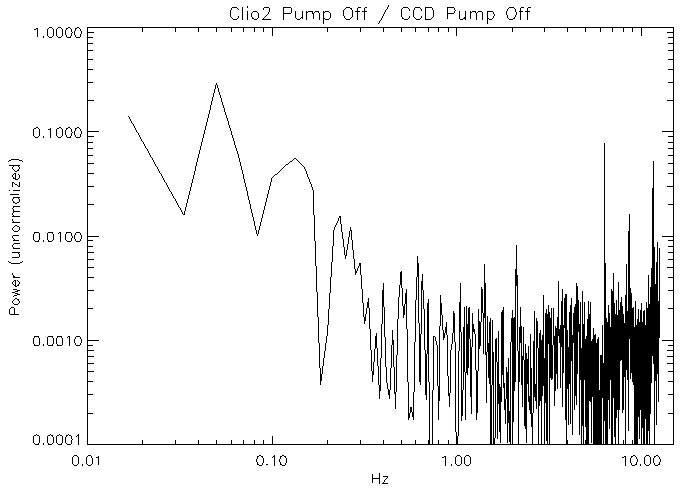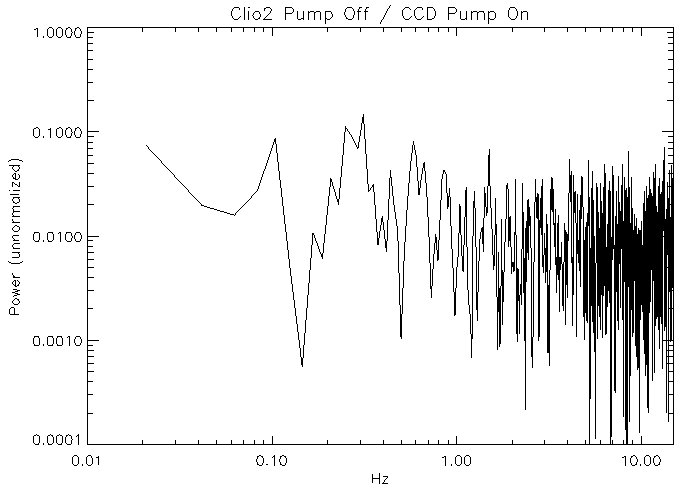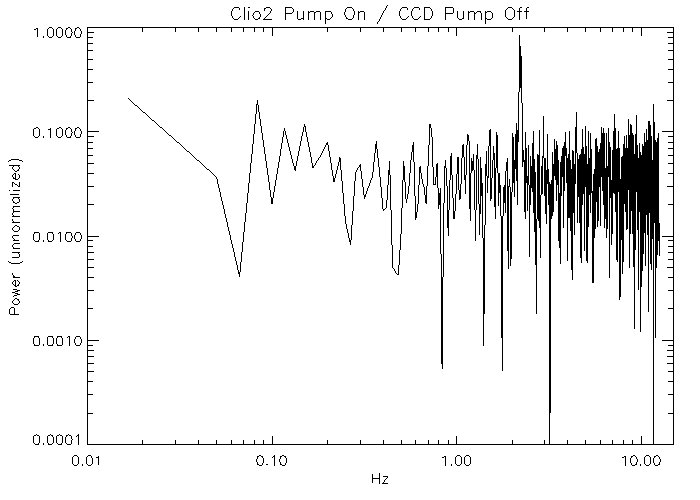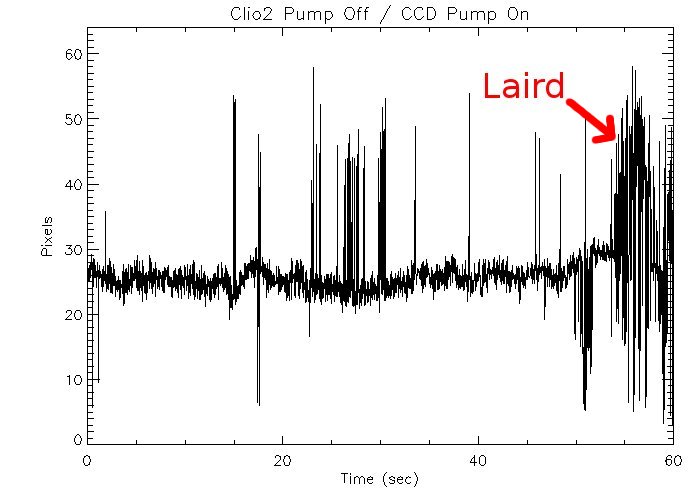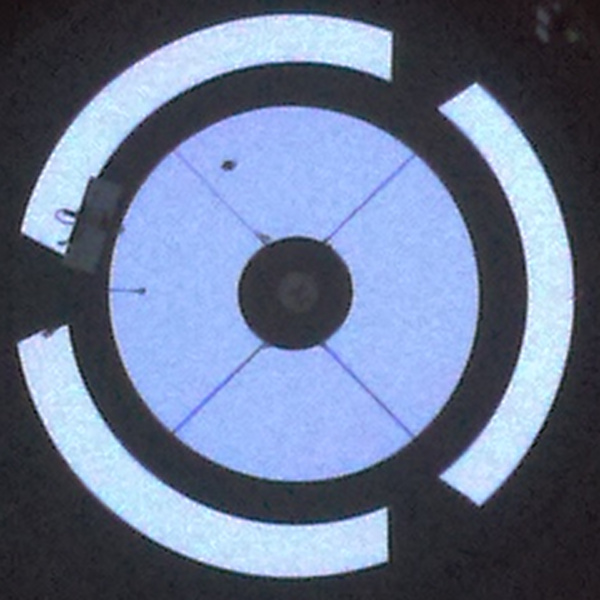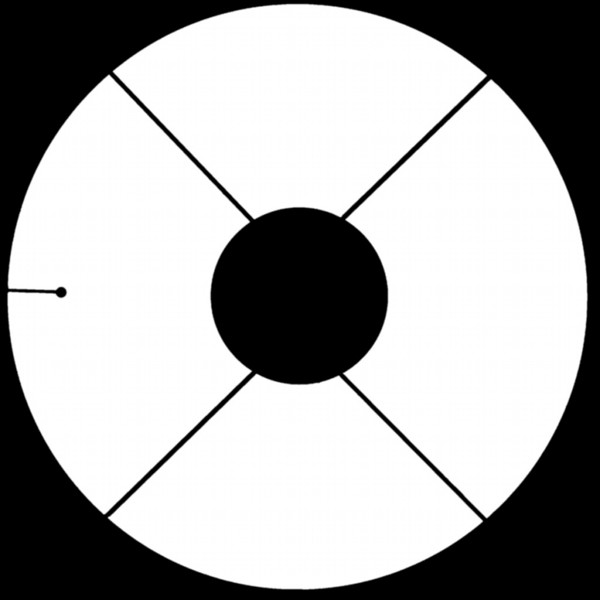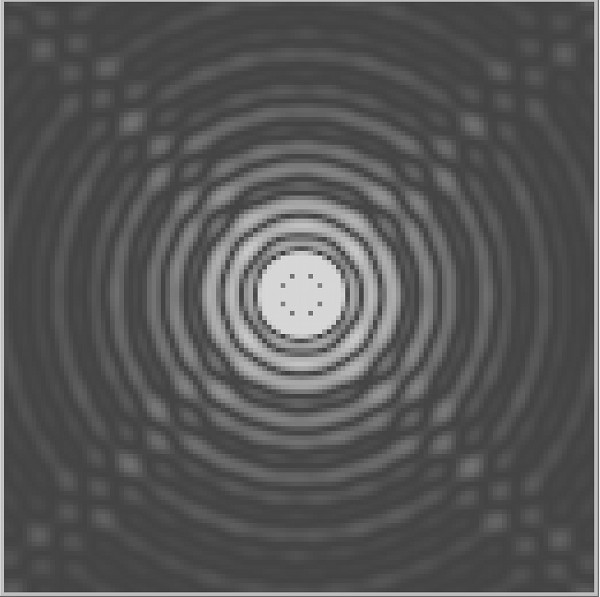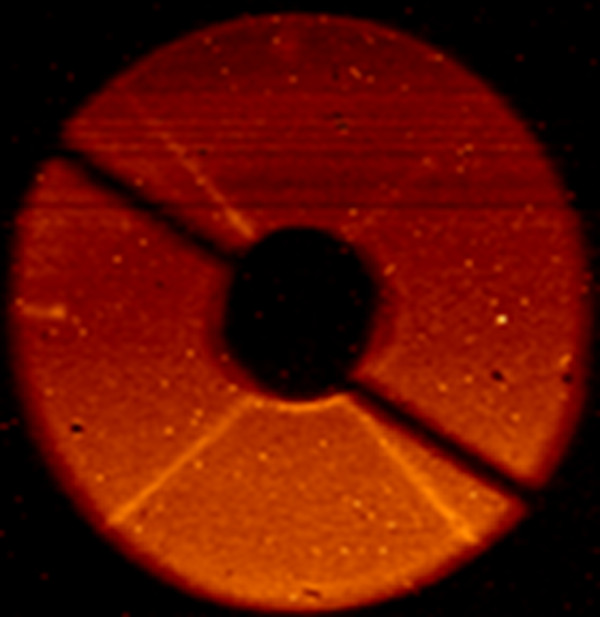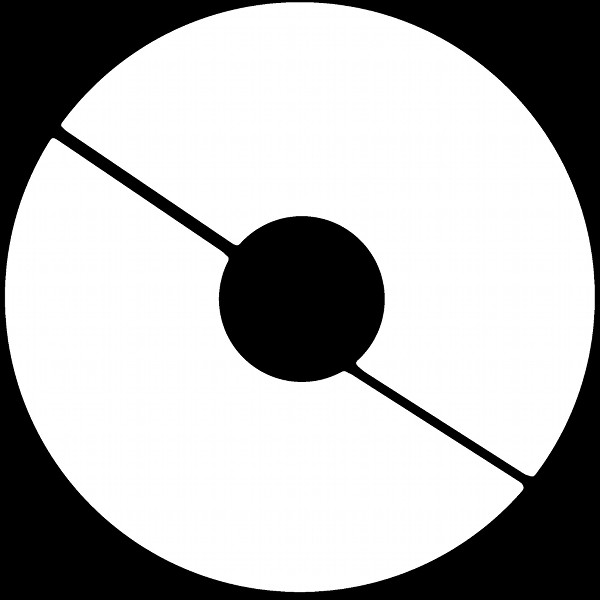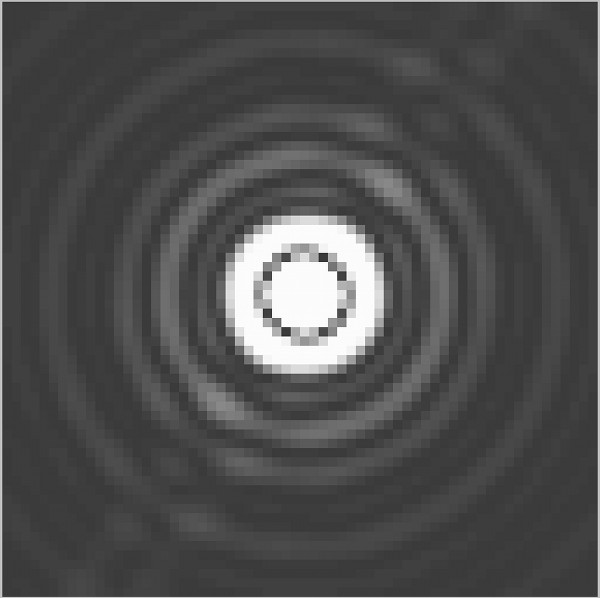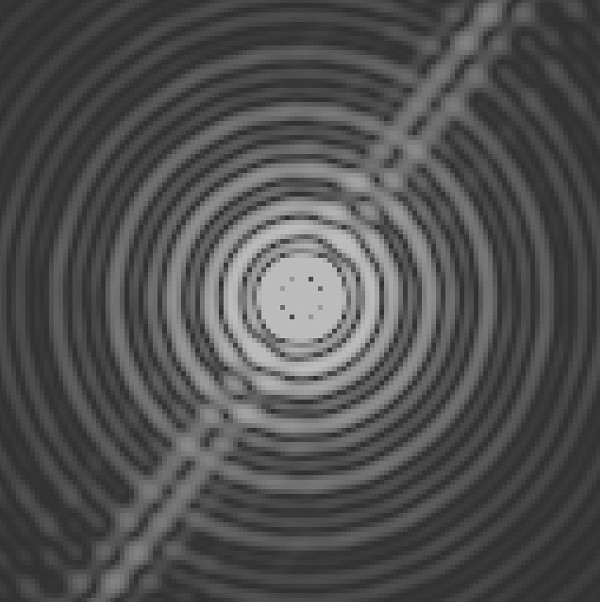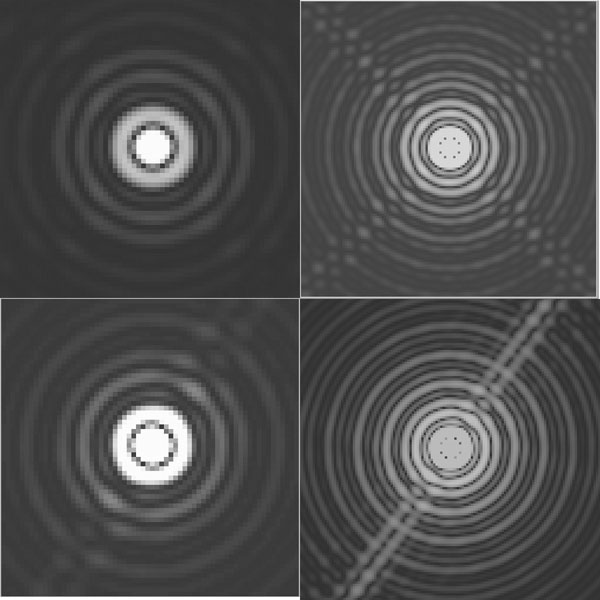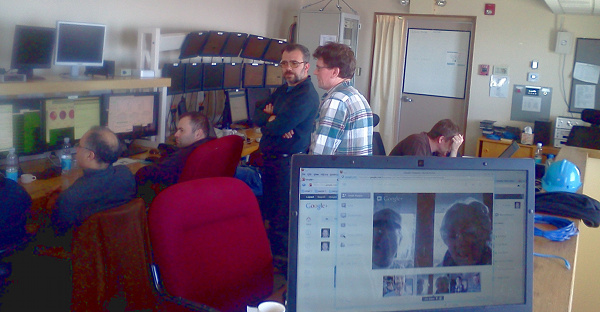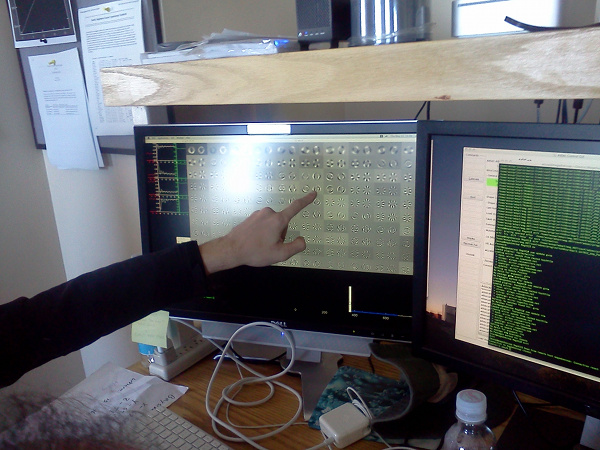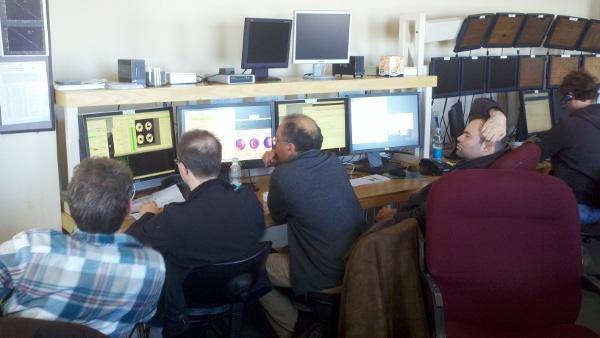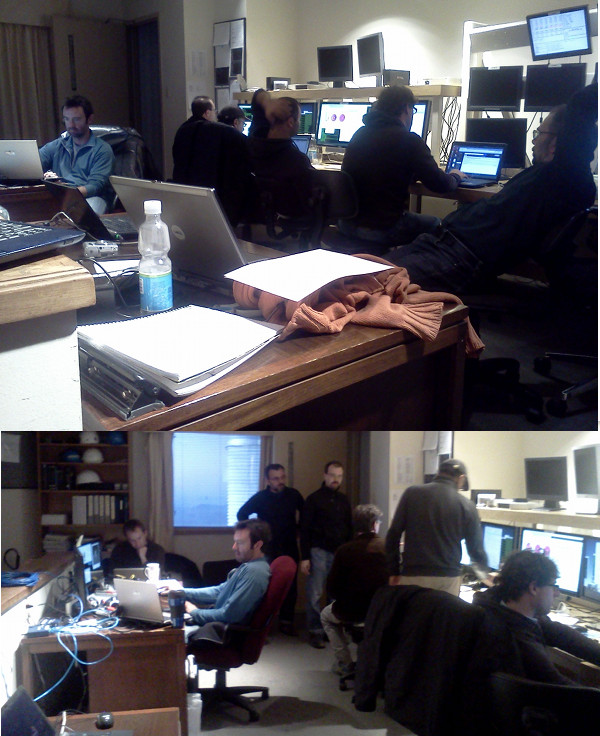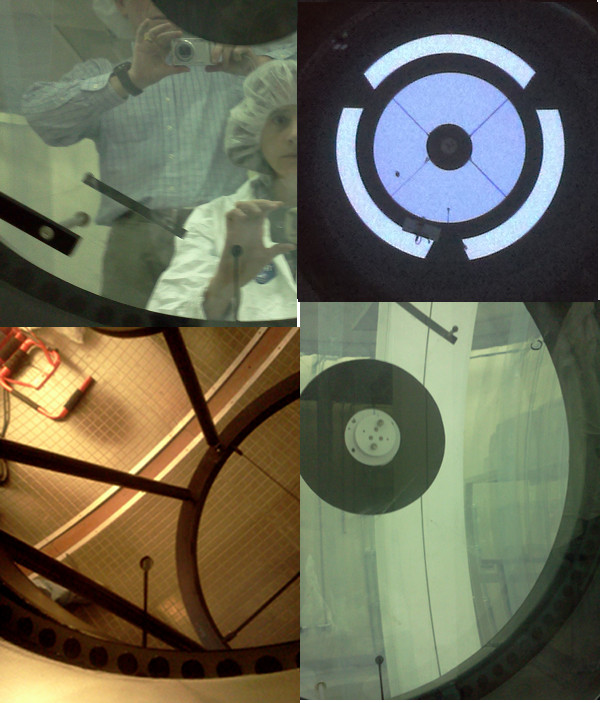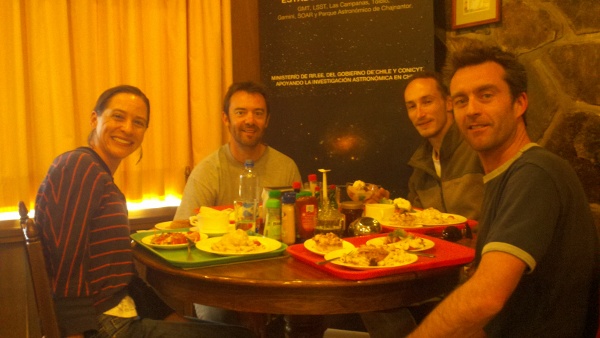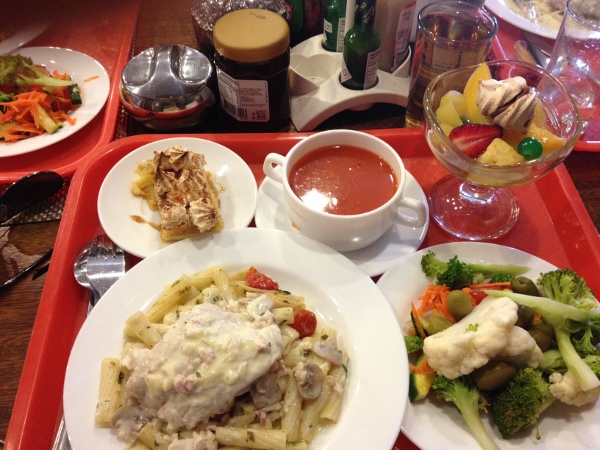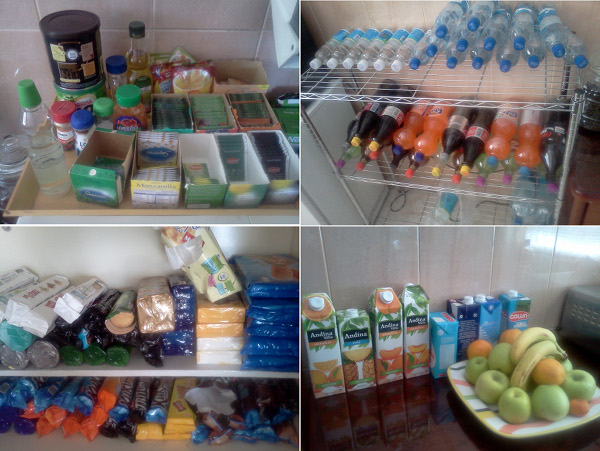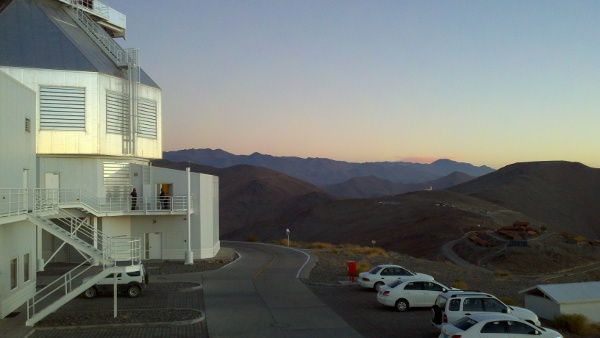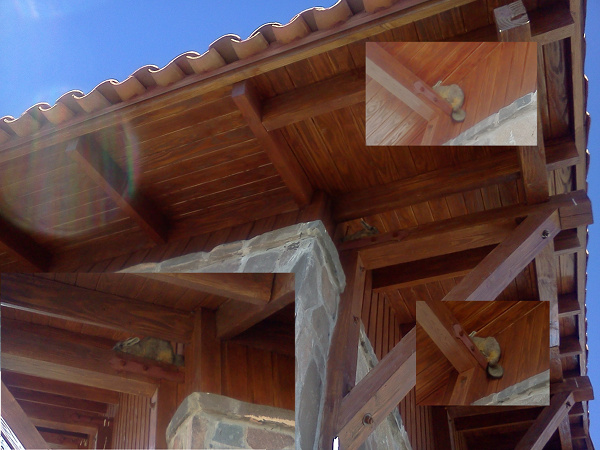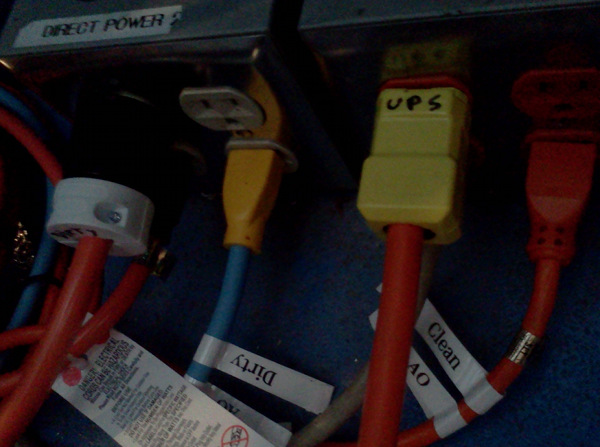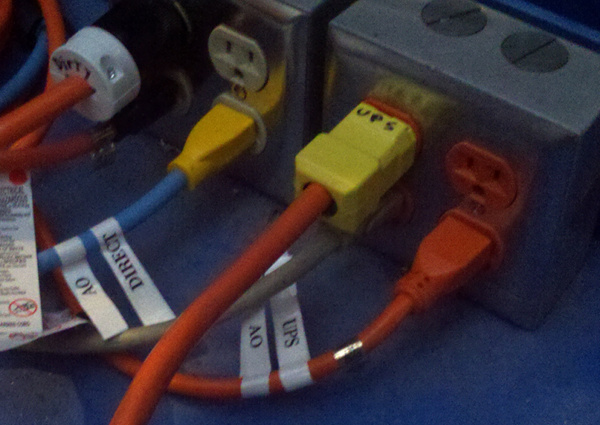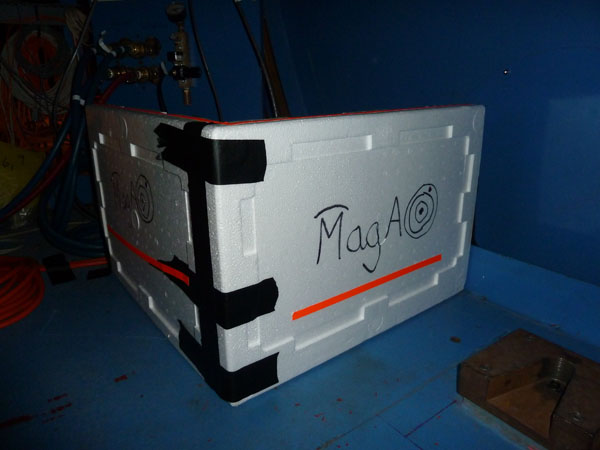Here’s a riddle for all you AO fans out there:
What aberration can be sensed but not corrected?
Usually an AO system has the opposite problem: There are aberrations you can correct but not measure. And of course, there are all sorts of aberrations you can neither measure nor correct, like the very highest spatial frequencies. (And if you don’t have enough stroke, you can saturate your attempt to correct an aberration — but that wasn’t the case today.)
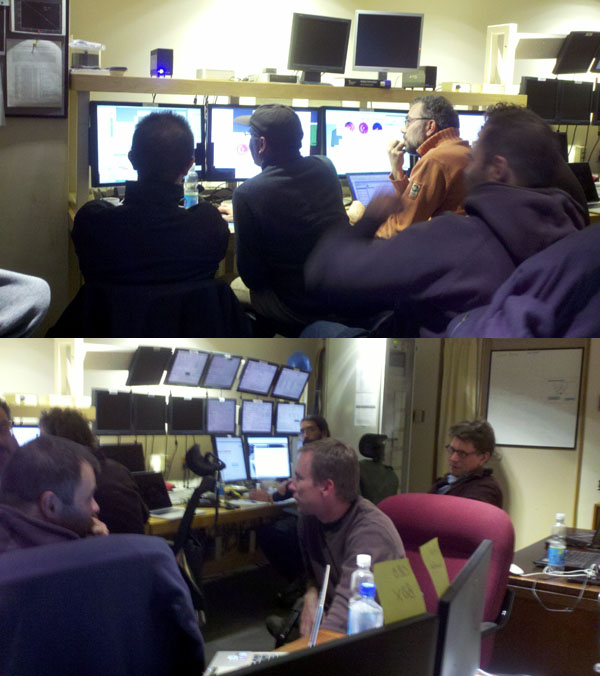
But today while we were making our interaction matrices, we found we had 3 high spatial frequency dots in our pupil images (a couple times the size of an actuator) and we spent some time trying to track down whether they were phase or amplitude, and whether it was a dirty optic, scattered light, or misalignment.
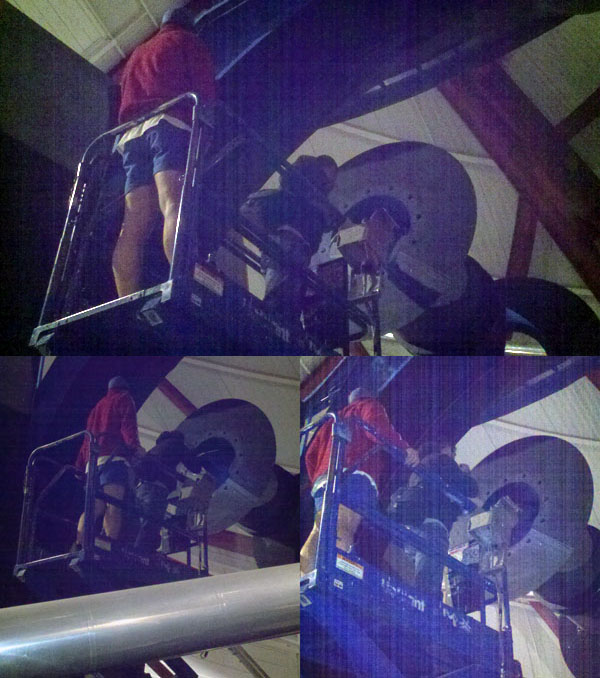
Jared had to power-cycle the CRO controller, and so he and Armando went up on the scissor lift to check if the CRO was in the right position and to inspect the optics.
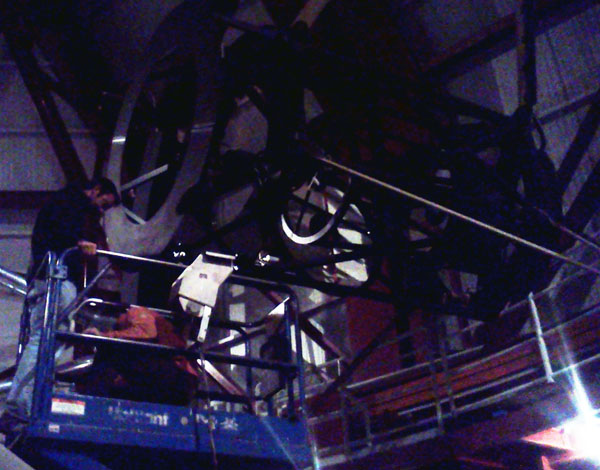
When we closed the loop, these “dots” could not be corrected. We tried shifting some optics to see if we could move the spots, and we concluded they weren’t an amplitude error (too bright). Finally, we tried setting the ASM back to an older flat shape — and the dots disappeared! This means that these phase errors were somehow introduced to the system at the time we were calibrating the interaction matrices. So then when we closed the loop, we were driving toward that shape — not toward a true flat.
So the answer to the riddle is, the shape you can measure but not correct is an error in your null!
Now that we’ve solved the riddle, tomorrow we’ll re-do our interaction matrices with a flatter null.
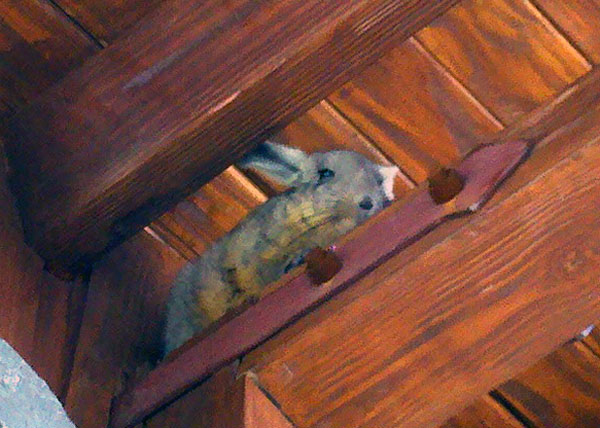
Yesterday:
Simone: “Hey, I think we should try taking the pyramid out.”
Laird: “No.”
Armando: “No.”
Phil: “No.”
Jared: “No.”
Katie: “What? Is he serious???”
Today:
Laird: “Hey, maybe we should try taking the pyramid out.”
Simone: “No. The last thing we want to do is take the pyramid out!”
